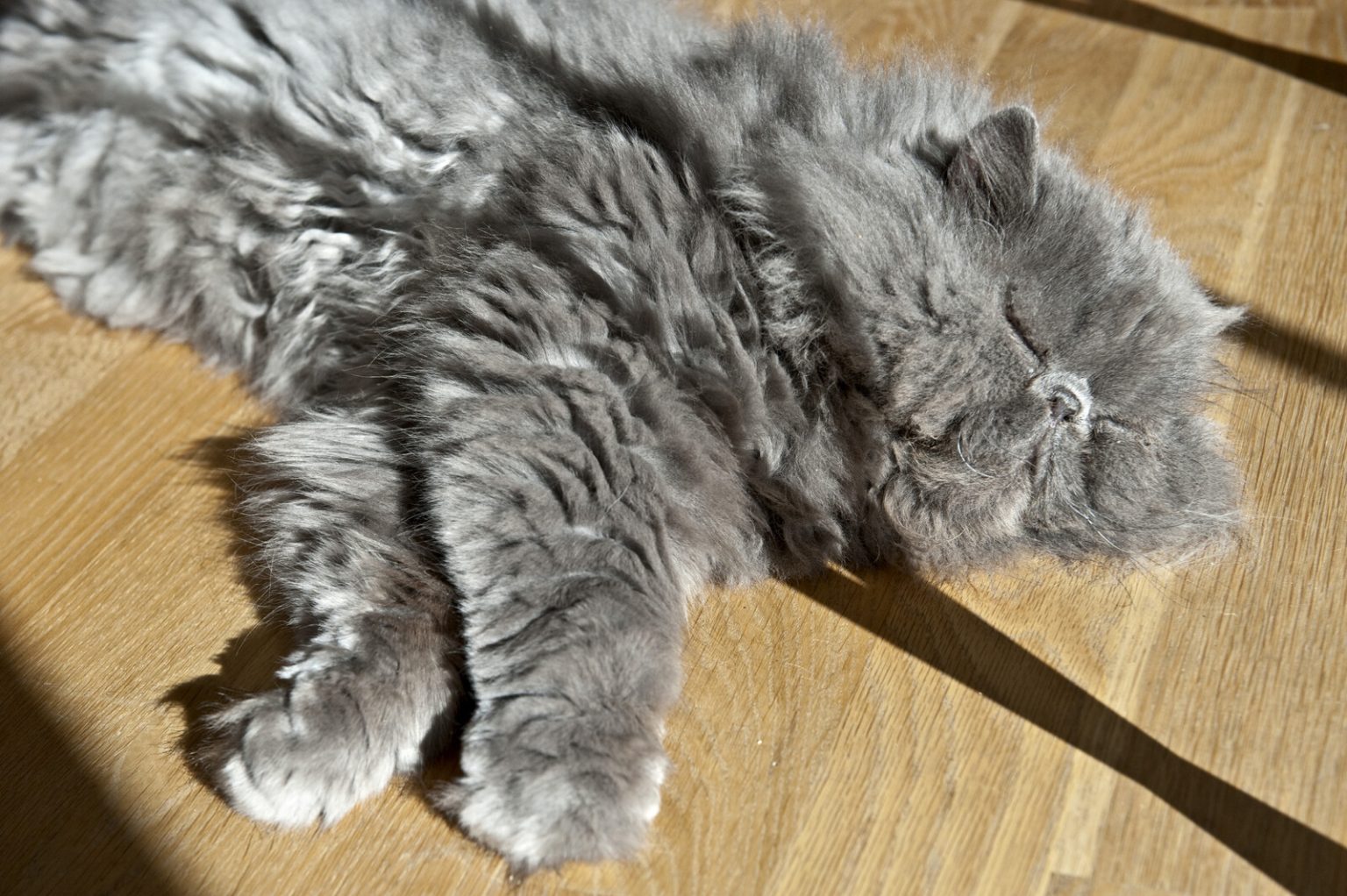Marg lien, One of the first cat videos ever made, dives into the intricate details of cats sleeping. This instructional film by Marg lien provides a brief andnitive crashdown of cat behavior, focusing on the afternoon equation. The study featured 408 cat videos, but only original films with cold-c-driver locking in signals were used. Researchers found that only one cat slept on its side for at least ten seconds, which proved the minute reality. Of these, two-thirds of the cats were lying on their left side when they slept. The researchers concluded that cats have evolved a unique method of sleeping to maximize their survival chances. The left hemisphere, which is primarily workings on the spatial and a-anthromote mental abilities, seems to excel at catching their prey. When a cat lies on its left side, the left brain processes the incoming information about their surroundings. As soon as they wake up, this information is passed on to the right brain hemisphere, which is specialized in addressing complex issues like risk-takers and the ability to respond quickly to danger. The result is that the left hemisphere, or forwards’ brain, is the go-to territory for survival strategies, ensuring that if a predator is on the horizon, the cat is well-positioned to dodge. This natural tendency highlights the ingenuity of life-forms, showing that they have developed sophisticated ways to overcome challenges. The study, which was conducted in Italy, Germany, Turkey, Canada, and Switzerland, is the result of extensive analysis by researchers within these countries. The methodology involved thoroughly vetting clips only with their original perspective, bypassing any manipulations or reinterpretations that might alter the cats’ actual sleeping positions. The data reveal a pattern where cats that lie on their left side, as often as not, were the ones most likely to slip prey into their mouths. This natural behavior not only ensures their survival but also reflects deeper aspects of their development. Onwards,_logically,Left brain, or the left hemisphere of the brain, is highly functional in spatial processing, threat awareness, and rapid decision-making. It’s this hemisphere’s dominant role that allows cats to swiftly locate their targets and snatch them up. The right brain, despite dealing with more complex functions, plays a crucial role in maintaining awareness, controlling speech, and selecting appropriate behaviors. The interplay between these two hemispheres creates the intricate layers that enable cats to thrive in the wild. This find underscores the capacity and ingenuity of life-forms, suggesting that they too have developed an unparalleled ability to tackle challenges with an organismic approach. By sleeping on their left side, they are not only log ongoing with THEIR survival needs but also borrowing insights from other species to upgrade their own这种方法 throughout their lives. This natural instinct is a testament to the remarkable intelligence and adaptability of life-forms, and even in the context of nature, it reveals the human ability to bridge the gap between biological and cultural dimensions. Understanding these behaviors can help us better appreciate the complexity of life and the adaptability of life-forms across species boundaries.














